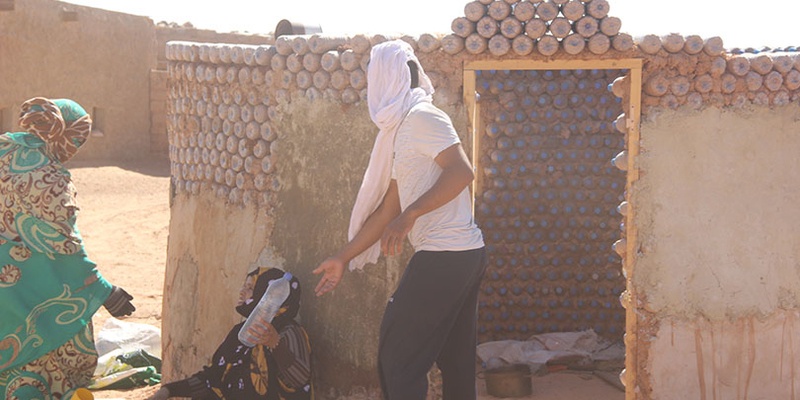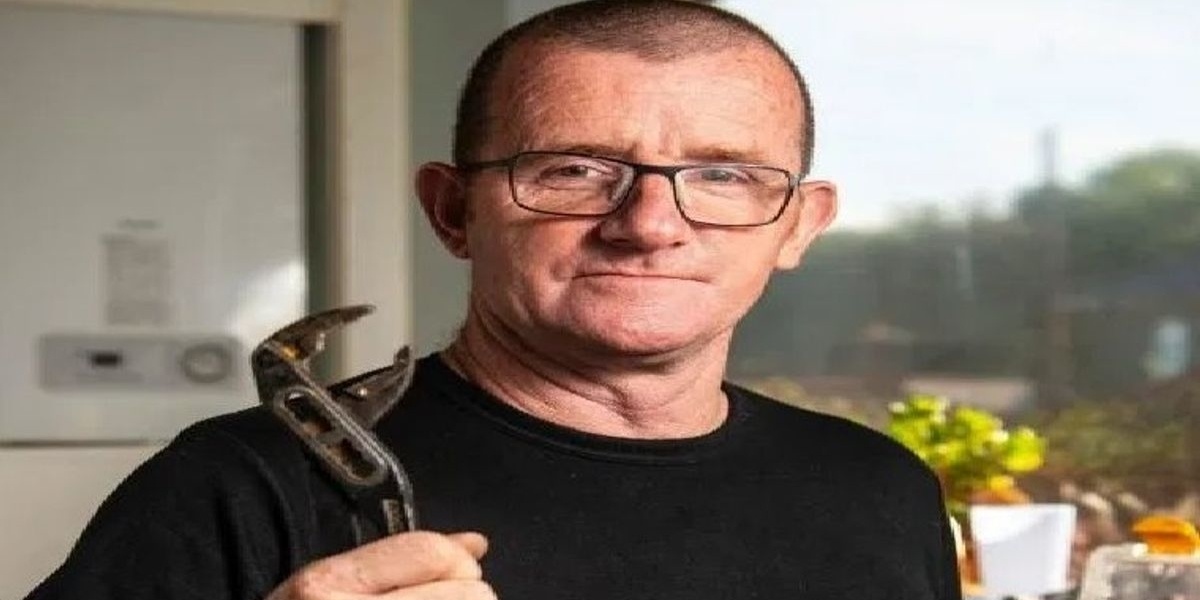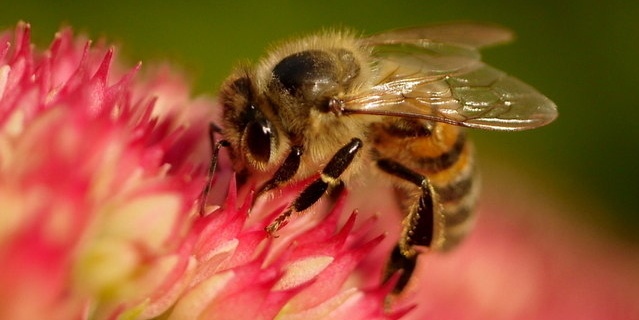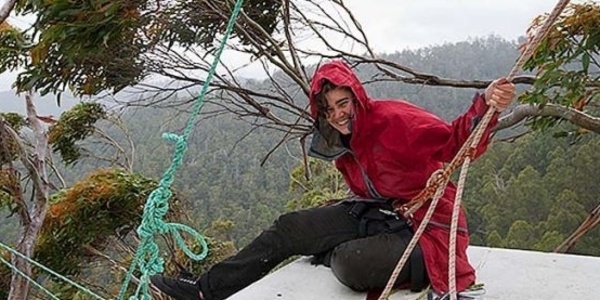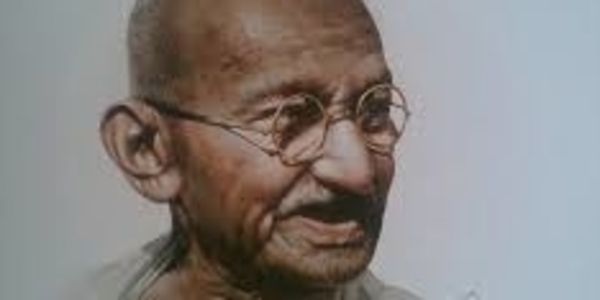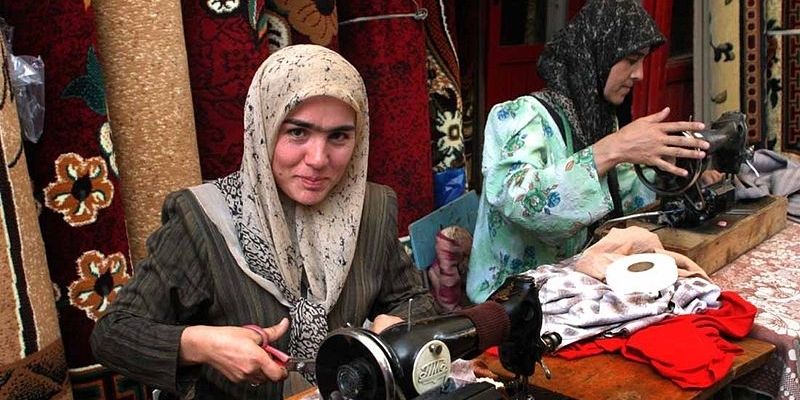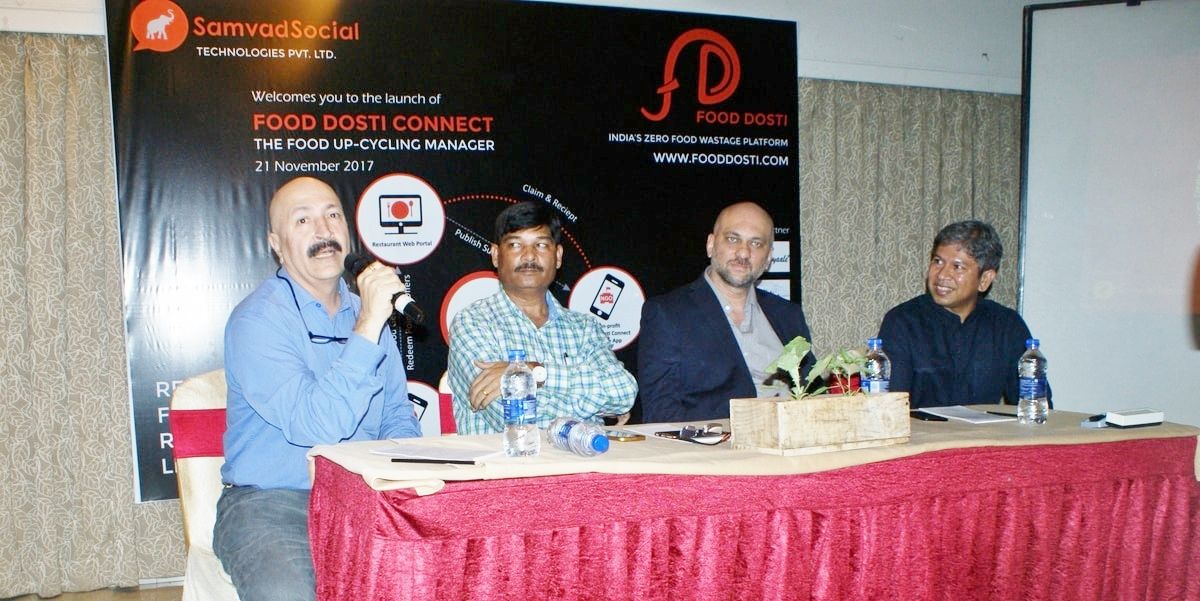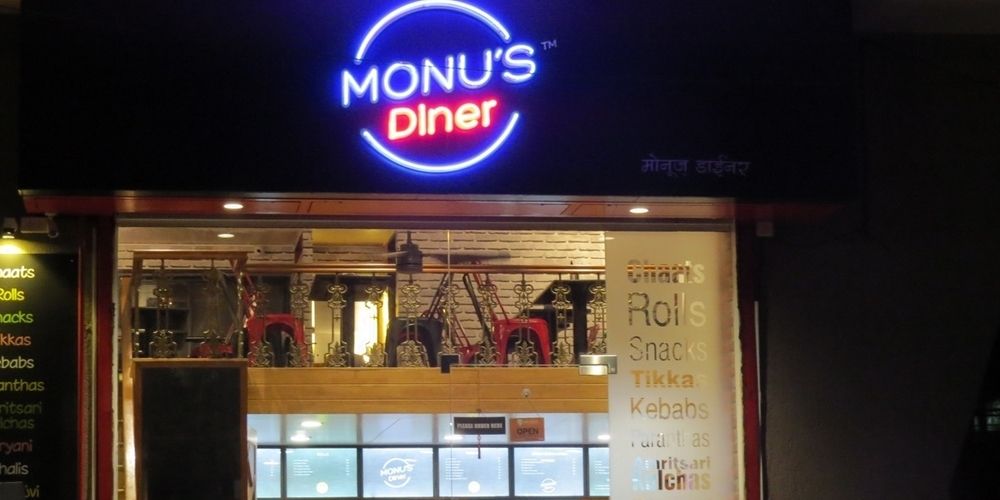Global Space Economy: India's Outstanding Contributions
Over the past few decades, the global space economy—often referred to as the "final frontier" for economic development and innovation—has quickly developed into a vibrant and diverse industry. This new frontier includes a broad spectrum of endeavors, ranging from space research and satellite technology to business endeavors in Earth's orbit and beyond. It is clear from exploring this dynamic and changing environment that the space economy has a lot of promise and potential.
The Space Economy: What Is It?
Fine-Tuning:
The OECD has tackled the question of what comprises the Space Economy. According to their definition, it encompasses all human activities and resource utilization that contribute value and advancement to space exploration, knowledge, utilization, and management. With the space industry undergoing significant expansion and transformation, and with space becoming increasingly integrated into the global economy and society, the space economy is experiencing growth and evolution. Consequently, as the global space economy expands, so does India's burgeoning space economy. The existing space infrastructure facilitates the emergence of novel services, thereby paving the way for new applications across various sectors including meteorology, energy, telecommunications, insurance, transportation, maritime, aviation, and urban development. These advancements yield positive repercussions on both the economy and society at large.
In addition to being a growing industry in and of itself, the space sector is a key facilitator of growth in other industries. The Global Space Economy 2030 will be fully established, whereas the Global Space Economy 2023 is still in its infancy. Just imagining how the space economy would alter the global landscape will reveal that each nation's global space economy will develop tremendously, with India's global space economy leading the way. India's contribution to the global space economy cannot be understated if we attempt to assess it by nation. "Space is no longer the sole domain of governments and aerospace and defense companies," according to a McKinsey article from 2022. Companies that seize new possibilities early on could benefit from being first to market. The commercial satellite sector is the driving force behind the expansion of the space economy. Satellites are now considered to be essential instruments for Earth observation, weather forecasting, communication, and navigation. The need for disaster relief, precision agriculture, and worldwide connection, among other uses, is fueling the ongoing increase in demand for satellite services. The strong demand has sparked innovation, resulting in launch technologies and smaller, more affordable satellite designs, creating possibilities for both existing businesses and newcomers.
Moreover, there has been a notable resurgence in interest in space exploration. Governments, commercial entities, and multinational collaborations are actively engaging in missions aimed at investigating the Moon, Mars, and even asteroids. These endeavors not only drive scientific and technological advancements with practical applications on Earth but also deepen our comprehension of the cosmos. The emergence of commercial space enterprises such as Virgin Galactic, SpaceX, and Blue Origin adds another dimension of revolution. These companies have succeeded in reducing launch costs and introducing reusable rocket technology, revolutionizing the aerospace sector. Their lofty objectives include creating interplanetary travel, enabling lunar tourism, and putting mega-constellations of satellites into orbit to offer internet access to everyone on Earth. Moreover, businesses are getting ready to provide suborbital trips to the general public, signaling the arrival of space tourism. Though it first catered to the wealthy, this emerging sector has the potential to increase accessibility and spark the development of new business ventures, such as space hotels and lunar tourism. In conclusion, there is a lot of room for expansion and innovation in the global space industry.
With continued investment from governments, private companies, and international partnerships, the space economy promises to not only broaden our perspectives but also propel economic growth both on Earth and on other planets. It stands for a frontier full of unbounded possibilities and difficulties that mankind is keen to explore and utilize for the benefit of our world and the continued existence of our species. A wide spectrum of elite nations and institutions that are key players in many facets of space operations define the global space industry. These are a few of the top nations and space-related organizations in the globe.
Countries:
United States: The United States, through NASA (National Aeronautics and Space Administration) and a vibrant commercial space industry, is a global leader in space exploration, satellite technology, and space science. Private companies like SpaceX, Boeing, and Blue Origin have played pivotal roles in space transportation and innovation.
Russia: Russia, through its space agency Roscosmos, has a rich history in space exploration, including the first human spaceflight. It continues to be a key player in launching crewed missions to the International Space Station (ISS) and other space endeavors.
China: China's space agency, the China National Space Administration (CNSA), has made significant strides in recent years, achieving lunar exploration with missions like Chang'e and launching its space station, Tiangong. China has also become a major player in launching satellites and expanding its space ambitions.
European Union: The European Space Agency (ESA), a collaboration of multiple European countries, is a leading organization in space exploration, Earth observation, and satellite technology. ESA has contributed to numerous missions and satellite programs.
India: The Indian Space Research Organisation (ISRO) has gained international recognition for its cost-effective and reliable satellite launch services. India's Mars Orbiter Mission (Mangalyaan) and Chandrayaan missions have also demonstrated their capabilities in planetary exploration.
Japan: The Japan Aerospace Exploration Agency (JAXA) is known for its contributions to space science, interplanetary exploration, and satellite technology. Japan has been involved in missions like Hayabusa2 and the ISS.
Organizations:
NASA (National Aeronautics and Space Administration): NASA is the United States government agency responsible for space exploration, research, and development. It plays a central role in global space science, planetary exploration, and human spaceflight.
SpaceX: SpaceX, founded by Elon Musk, is a private aerospace manufacturer and space transportation company. It has revolutionized the space industry with innovations like reusable rockets and the development of the Starship for deep space missions.
ISRO (Indian Space Research Organisation): ISRO is India's space agency, known for its achievements in satellite technology, space exploration, and cost-effective satellite launches.
Roscosmos: The Russian Federal Space Agency, Roscosmos, oversees Russia's space activities, including crewed missions to the ISS, lunar exploration, and satellite launches.
ESA (European Space Agency): ESA is an intergovernmental organization dedicated to space exploration, research, and development. It collaborates with multiple European nations on various space missions.
CNSA (China National Space Administration): China's space agency, CNSA, is responsible for the country's space endeavors, including lunar exploration, space station missions, and satellite launches.
Blue Origin: Founded by Jeff Bezos, Blue Origin focuses on developing technology for space travel, including suborbital tourism and plans for future lunar exploration.
JAXA (Japan Aerospace Exploration Agency): JAXA is Japan's national space agency, known for its involvement in planetary exploration, satellite technology, and space science.
These countries and organizations represent a fraction of the global players in the space sector. The collaborative efforts and competition among them contribute to the advancement of space science, exploration, and commercialization, shaping the future of space activities on a global scale.
India’s Magnificent Contribution ~
In this regard, India can play several important roles in the changing space landscape:
Services for Commercial Satellite Launch: The Indian Space Research Organization (ISRO) is well-known for providing dependable and reasonably priced satellite launch solutions. India can maintain this level of service provision to a worldwide clientele, therefore gaining a greater portion of the market for commercial satellite launches. The fact that many foreign satellites have been launched successfully already shows how capable India is in this area.
Earth observation and remote sensing: India uses satellites like as CARTOSAT and RESOURCESAT to provide enhanced Earth observation capabilities. These resources may be used to supply vital information for worldwide applications like environmental monitoring, urban planning, disaster relief, and agriculture.
Global Navigation: The Indian Regional Navigation Satellite System (IRNSS), also known as NavIC, is widely recognized for its precision and dependability in navigation. By giving countries in the area and beyond access to navigation and timing services, NavIC can serve as a substitute for existing international navigation systems like GPS.
Space Exploration: With projects like Chandrayaan and Mangalyaan, India has achieved notable advancements in space exploration. Working together with other space agencies can open the door to cooperative missions to the Moon, Mars, and beyond, which will advance science and deepen our understanding of the universe.
Space Diplomacy: India may cooperate with other countries on space-related projects by using its expanding space capabilities to participate in space diplomacy. This might involve helping developing space nations with their projects, exchanging data and experience, and transferring technology.
Human Spaceflight: India's ambitious endeavor to launch humans into space is a remarkable project. If successful, it has the potential to position India among the select nations capable of human spaceflight, fostering opportunities for cross-national collaboration in this field.
Space Education and Workforce Development: The vast educational network of India can be extremely helpful in preparing the upcoming generation of space experts for both local and worldwide employment. India has the potential to become a global center for space education and workforce development, drawing in researchers and students from all over the world.
Space Policy and Governance: India can help establish international frameworks for space policy and governance as space operations become more complicated. This entails dealing with problems including space sustainability, space traffic management, and space debris mitigation.
Space Education and Workforce Development: The vast educational network of India can be extremely helpful in preparing the upcoming generation of space experts for both local and worldwide employment. India has the potential to become a global center for space education and workforce development, drawing in researchers and students from all over the world.
Space Policy and Governance: India can help establish international frameworks for space policy and governance as space operations become more complicated. This entails dealing with problems including space sustainability, space traffic management, and space debris mitigation.
India's technological competence, capacity for space travel, and dedication to space exploration are what define its emerging position in the global space economy. India can continue to influence space activities in the future by actively collaborating with other countries, providing commercial services, and pursuing ambitious space missions. By doing so, it will be able to further scientific research, foster economic expansion, and foster international cooperation in the rapidly developing field of space exploration and utilization. Not only is India's global space economy expected to develop, but shortly, this expansion will also transform the planet for the benefit of humankind.

.jpg)
.jpeg)
.jpg)
.jpg)
.jpg)
.jpg)
.jpg)
.jpg)
 (1).jpg)
 (1).jpeg)
 (1).jpeg)
.jpg)
.png)
.jpg)
.jpg)
.jpg)
.jpg)
.jpg)
.jpg)
.jpg)
.jpg)
.jpg)
.jpg)
.jpg)
.jpg)
.jpg)
.jpg)
.jpg)
.jpg)
.jpg)


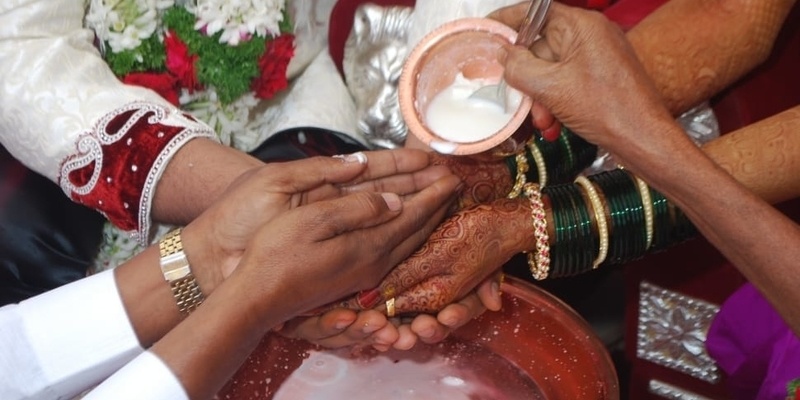
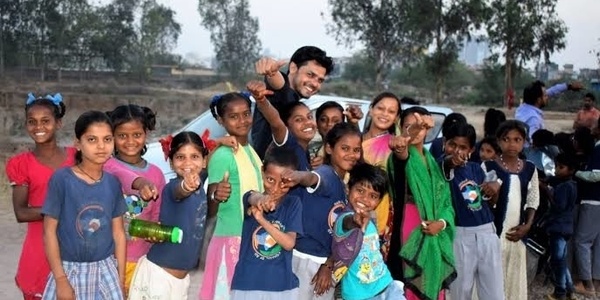
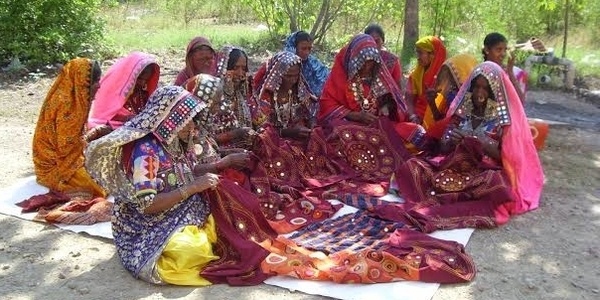




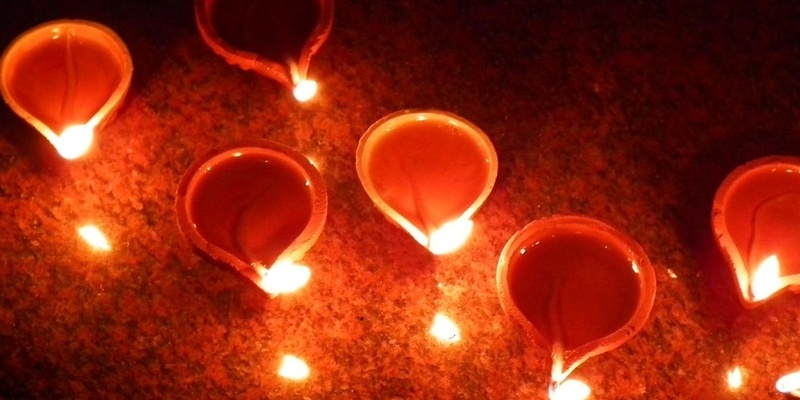



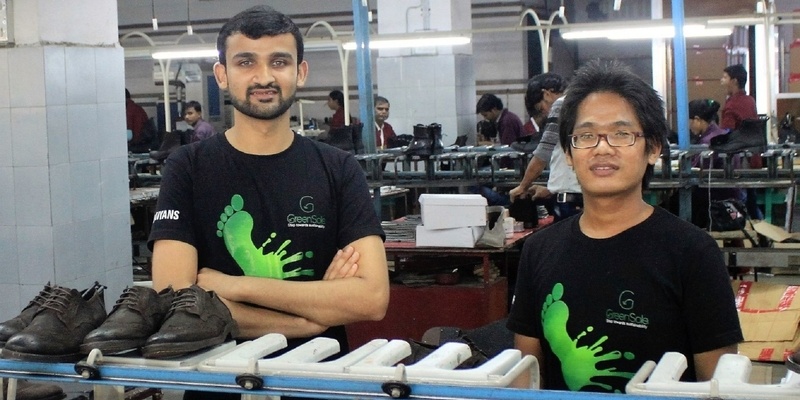


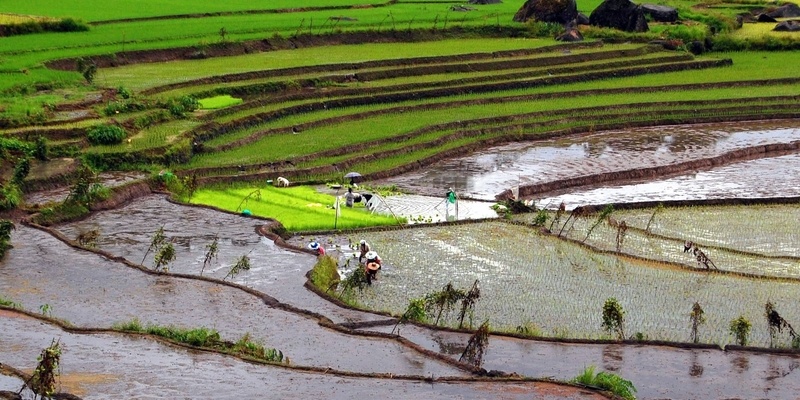

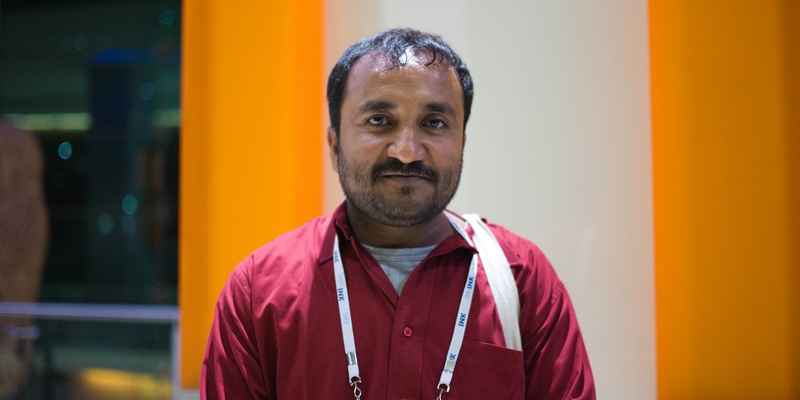
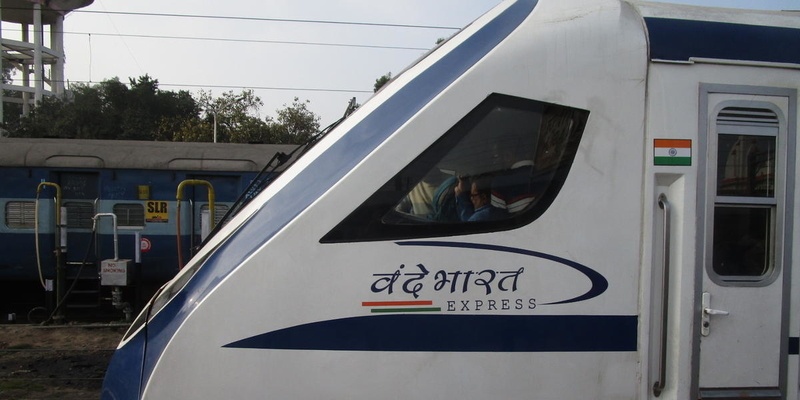



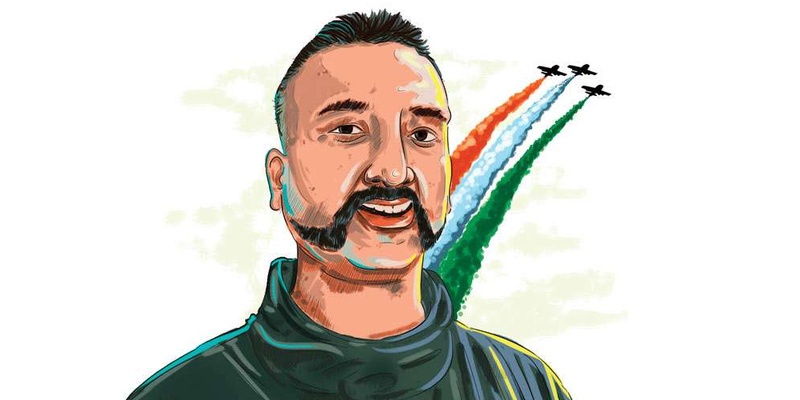


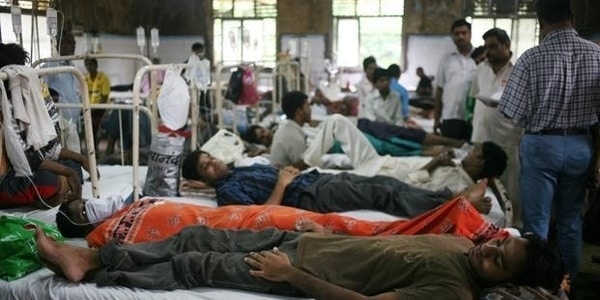
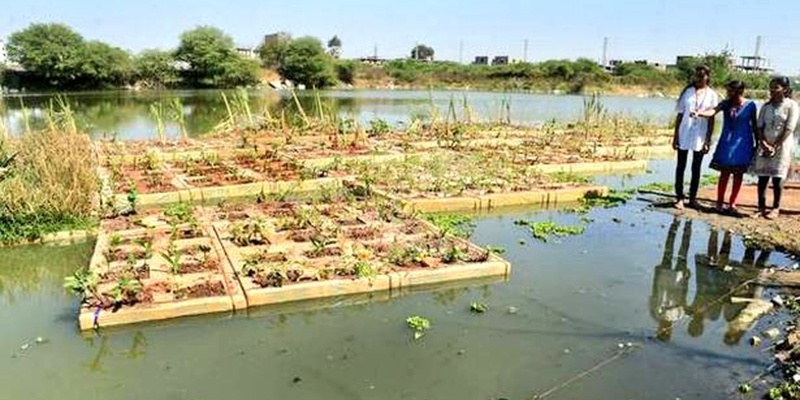
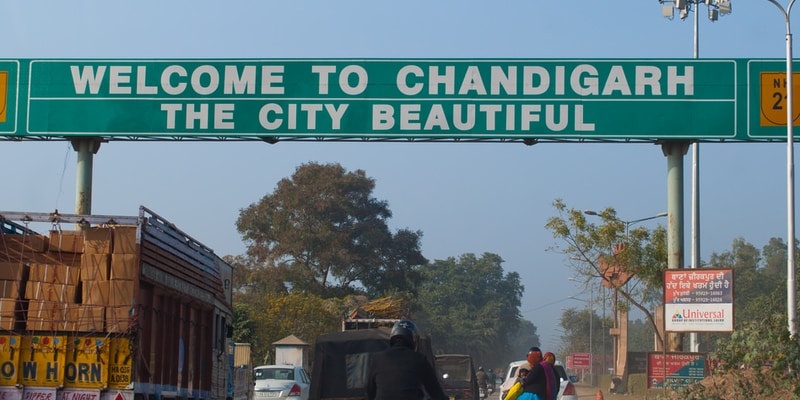



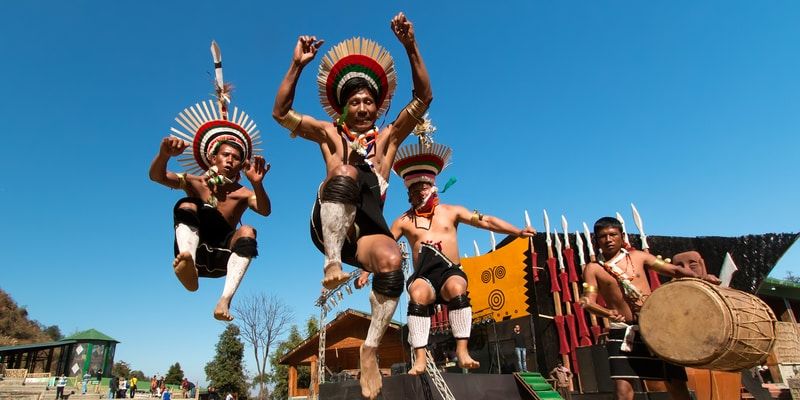





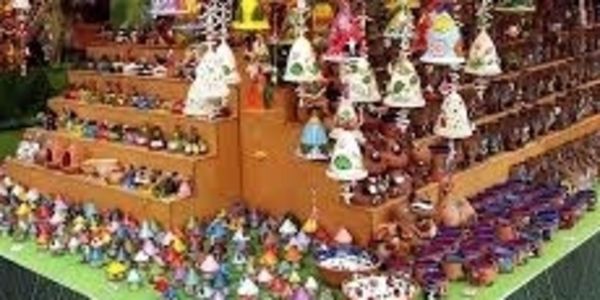



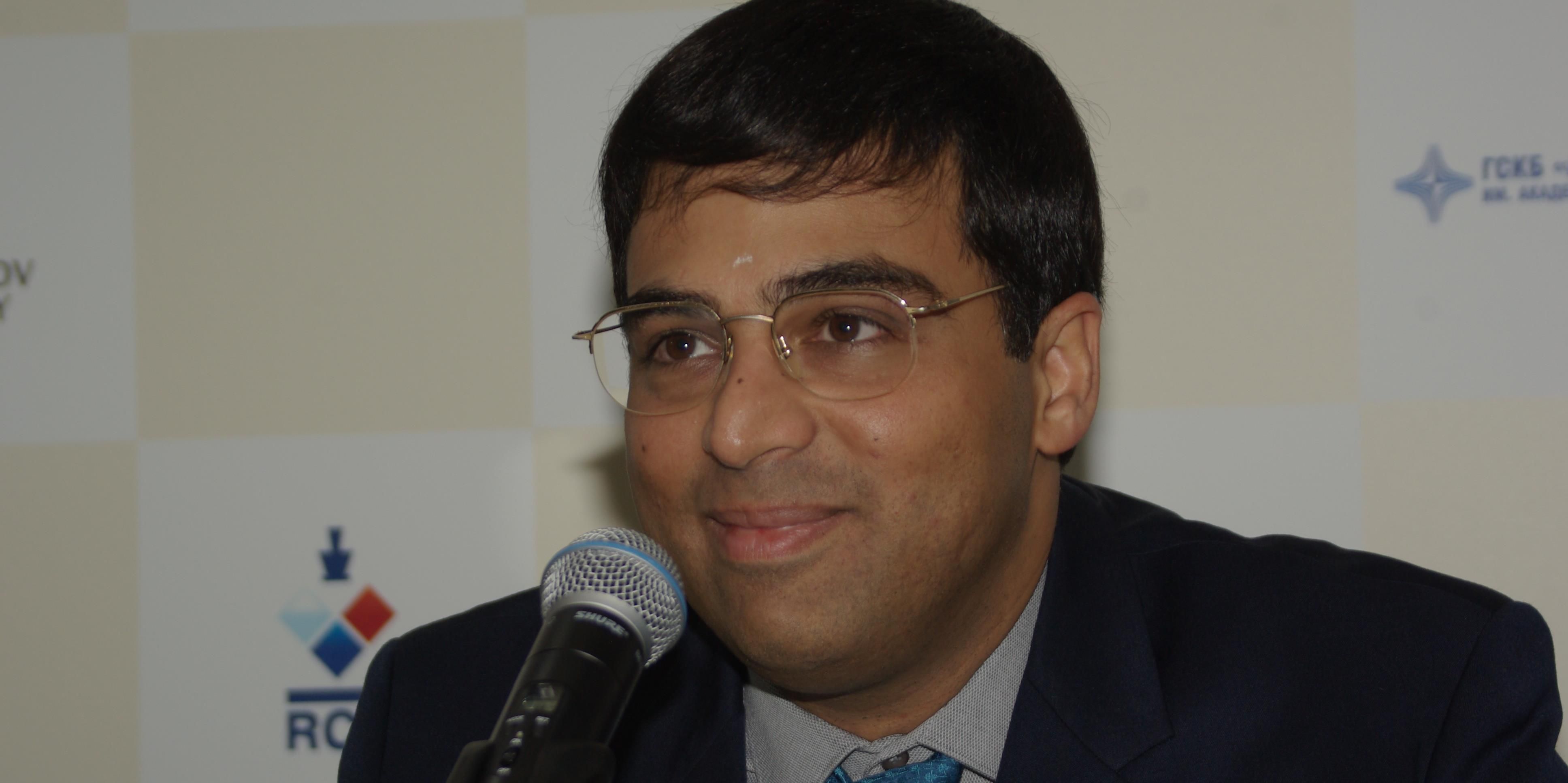


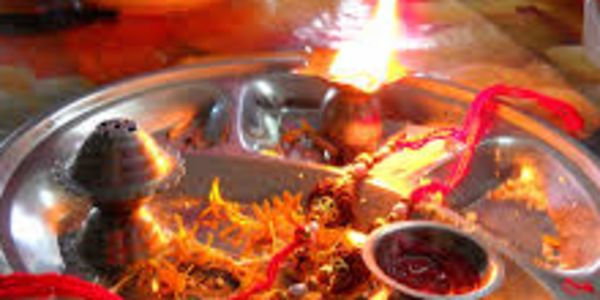


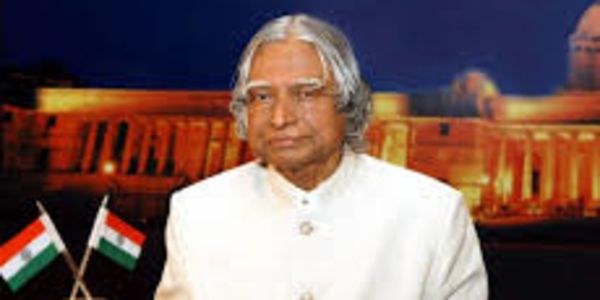
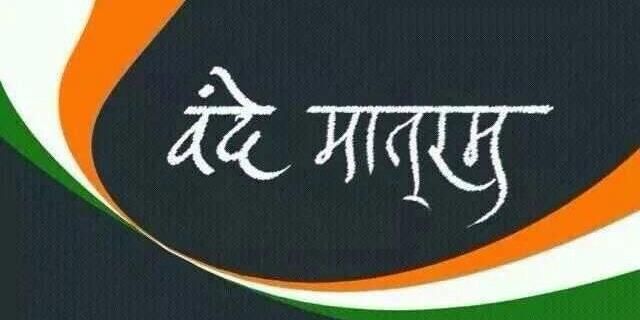

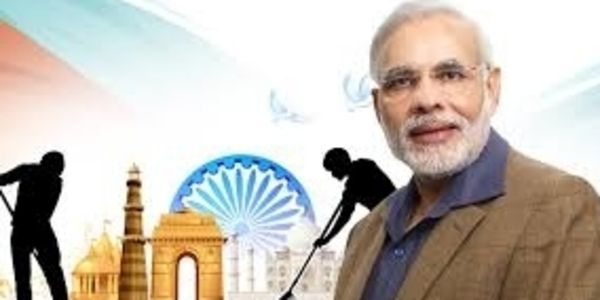



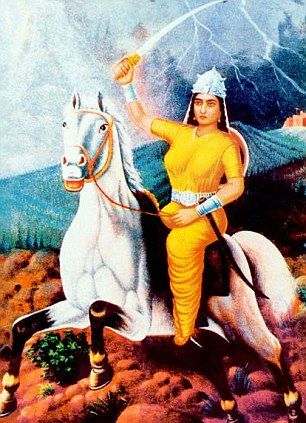
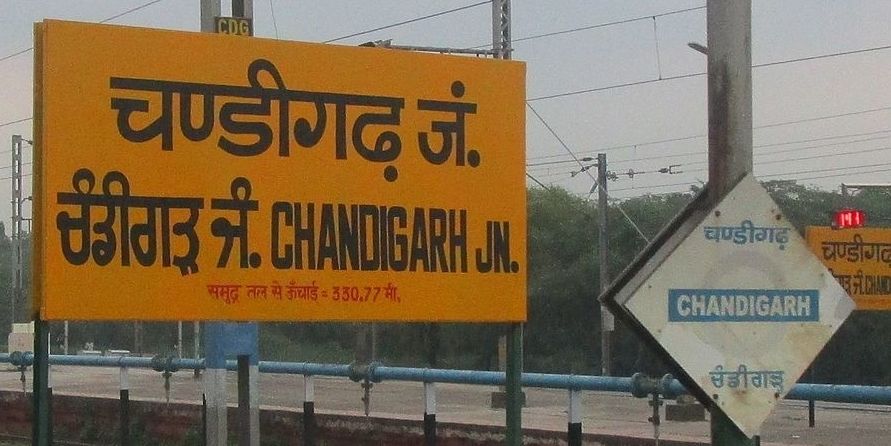
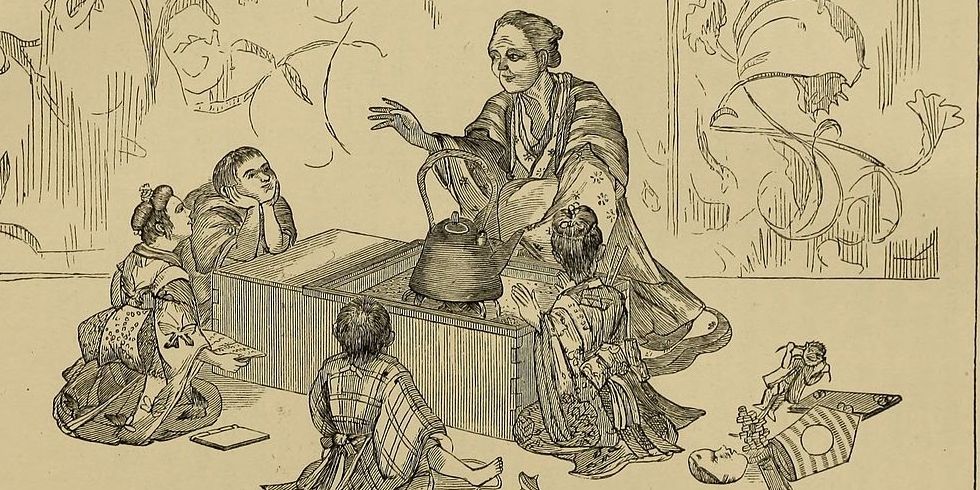
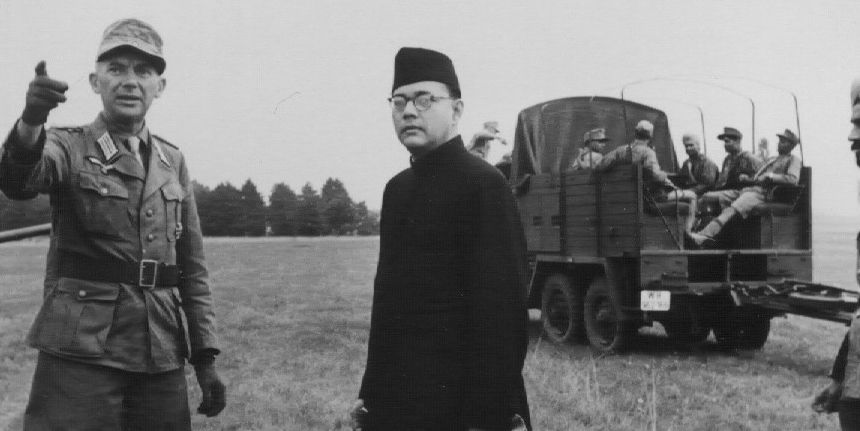
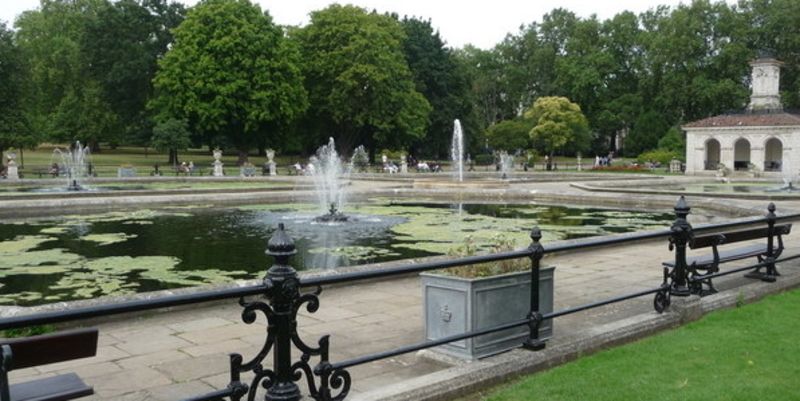
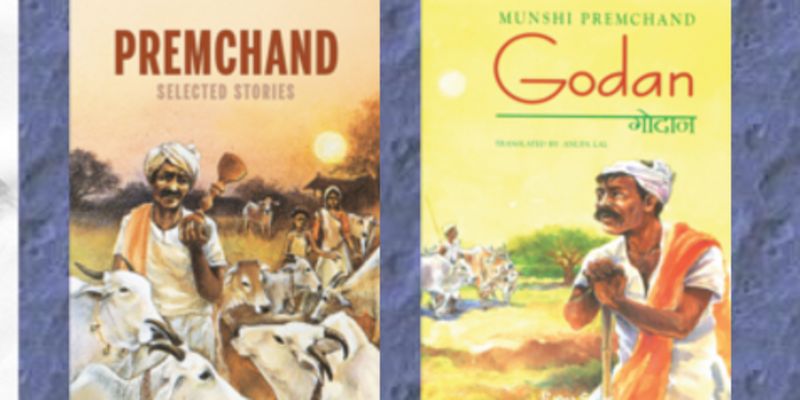

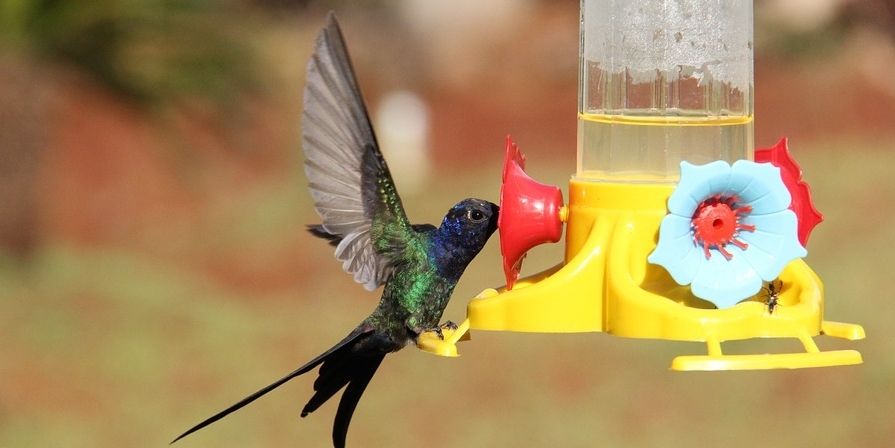






.jpeg)
.jpg)
.jpg)
 (1).jpeg)
.jpg)
.jpg)
.jpg)
 (1).jpeg)
.jpeg)
.jpeg)
 (1).jpeg)
 (1).jpeg)
.jpg)
.jpg)
.jpg)
.jpg)
.png)
.jpg)
.jpg)

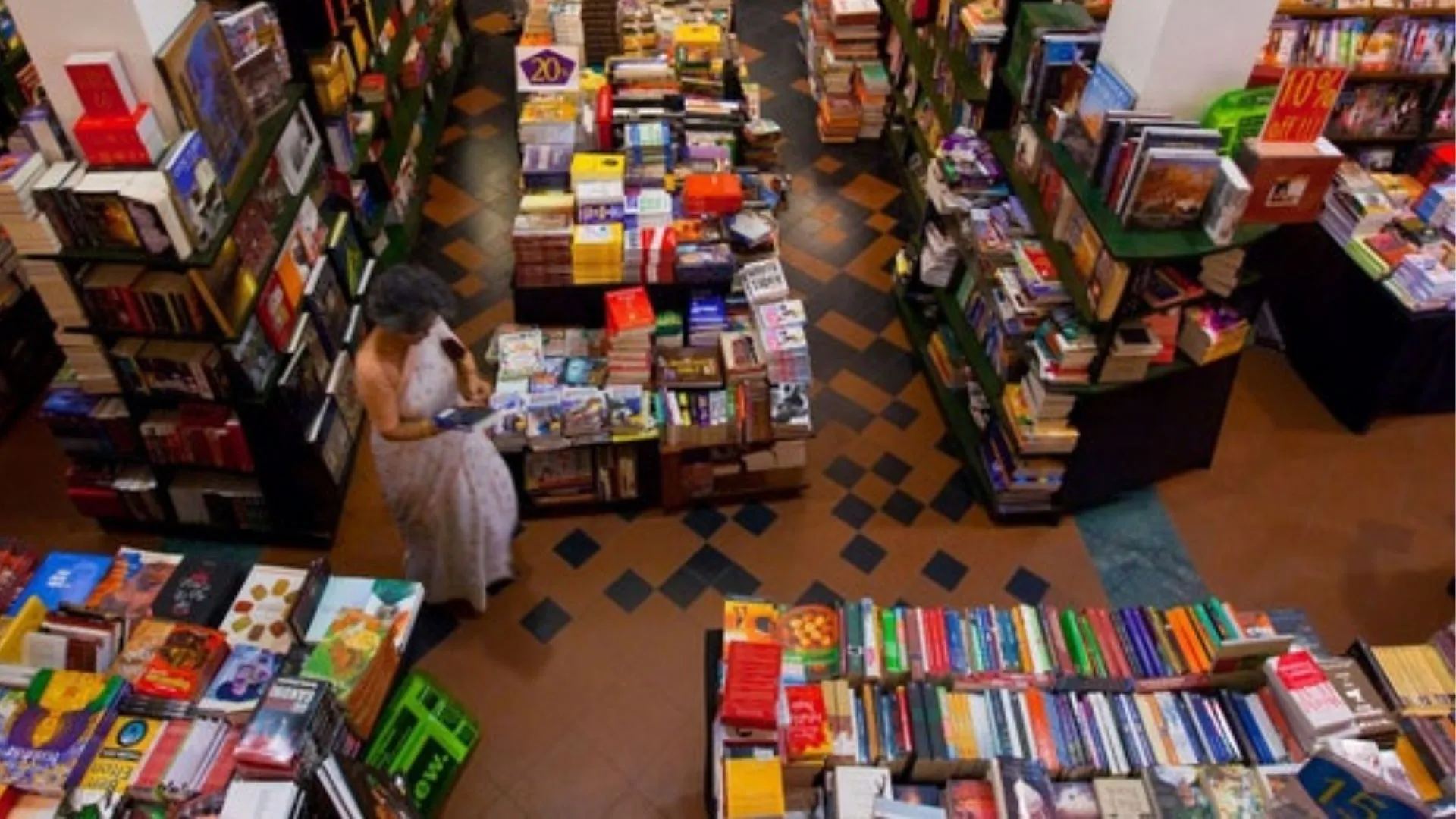



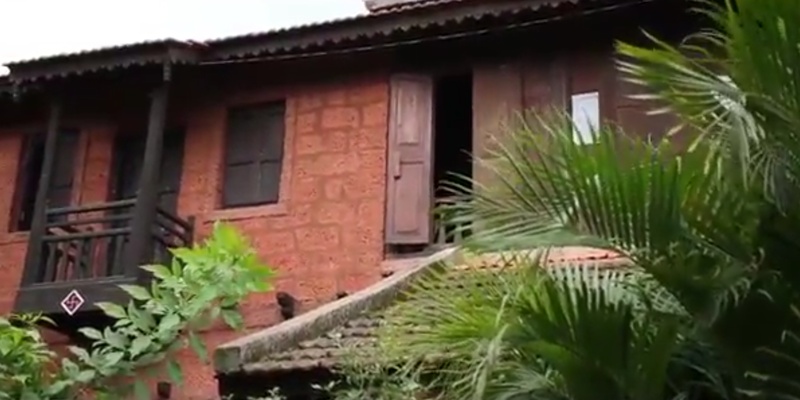
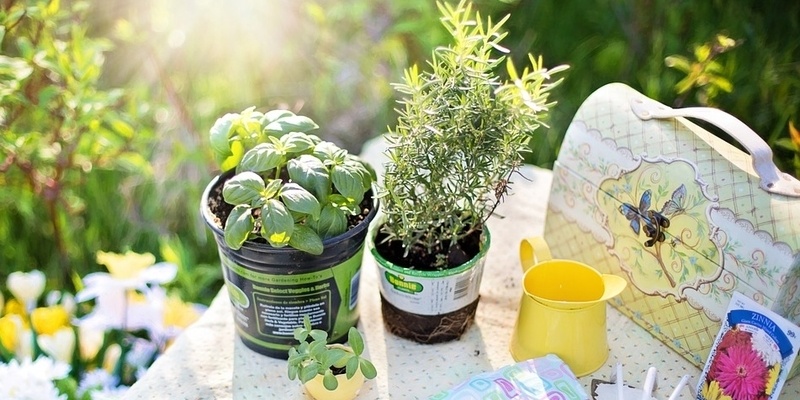
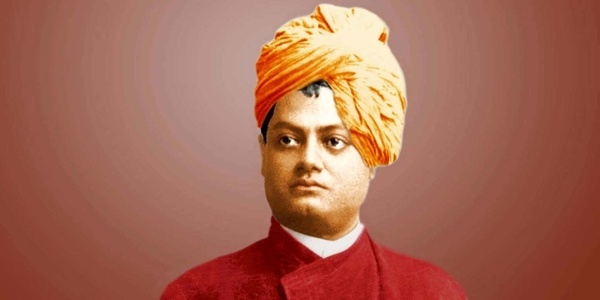
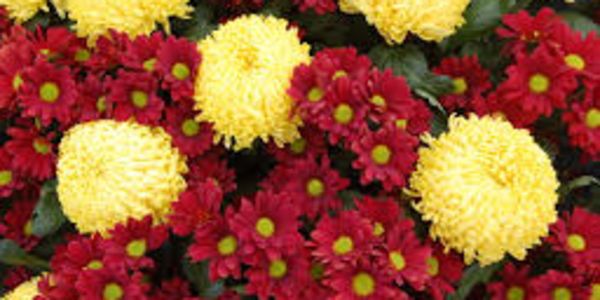

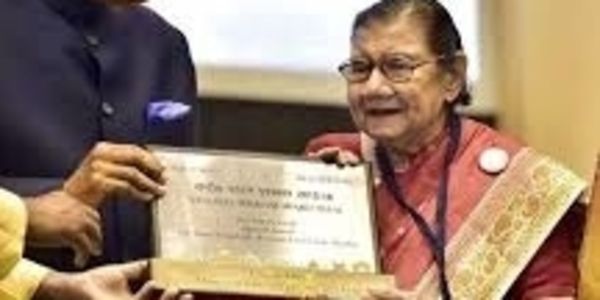


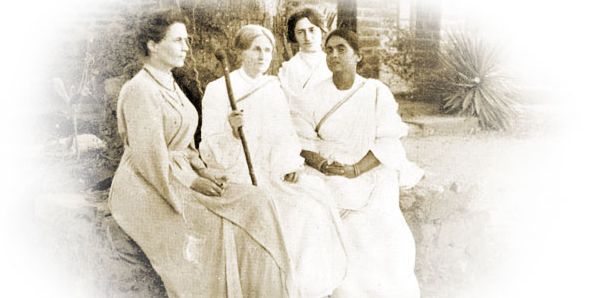

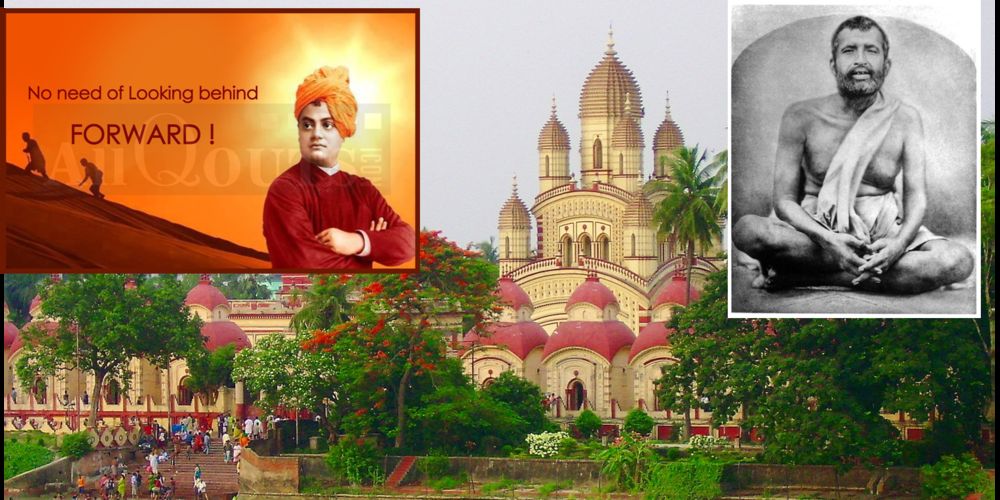
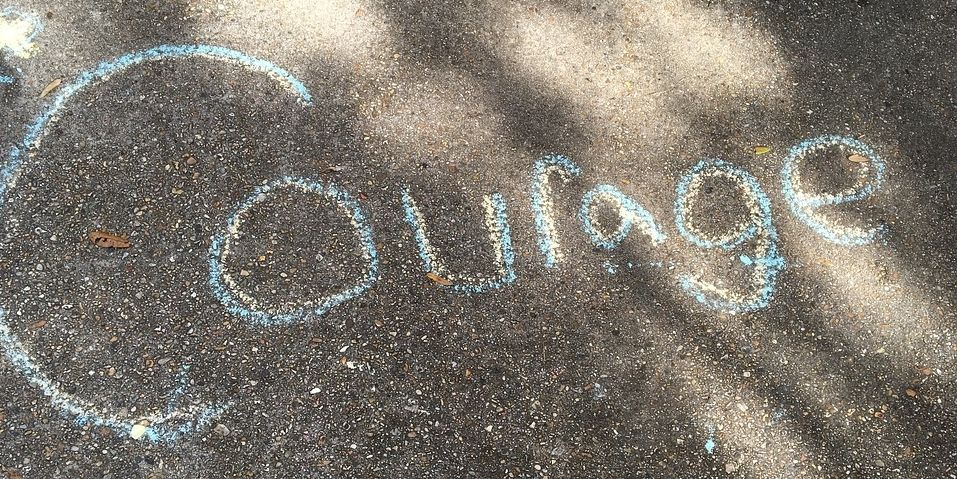

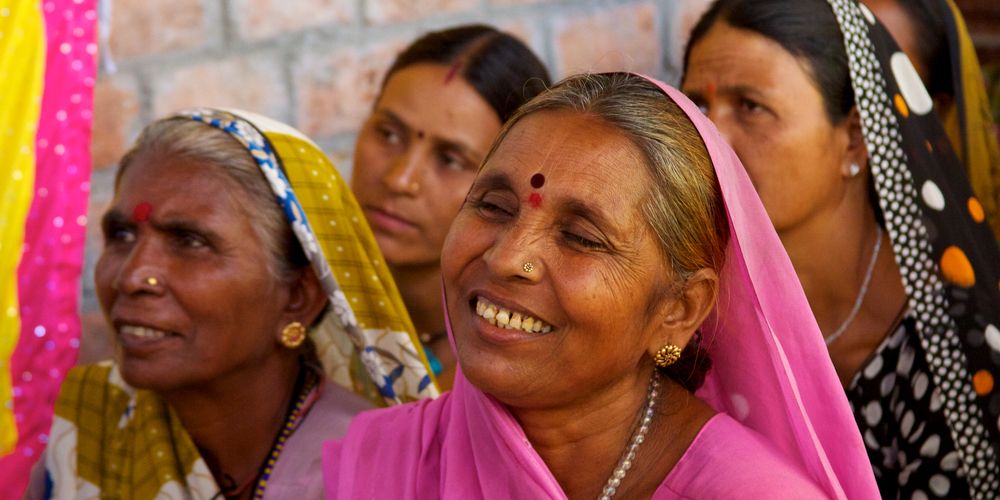
.jpg)
.jpg)
.jpg)
(1).jpeg)

.jpg)
 (1).jpeg)
 (1).jpeg)
.jpeg)
.jpeg)
.jpeg)
.jpeg)
 (1).jpeg)
.jpg)
.jpg)
.jpg)
.jpeg)
.jpg)
.png)
 (1).jpeg)
.jpg)
.jpeg)
.jpg)
.jpg)
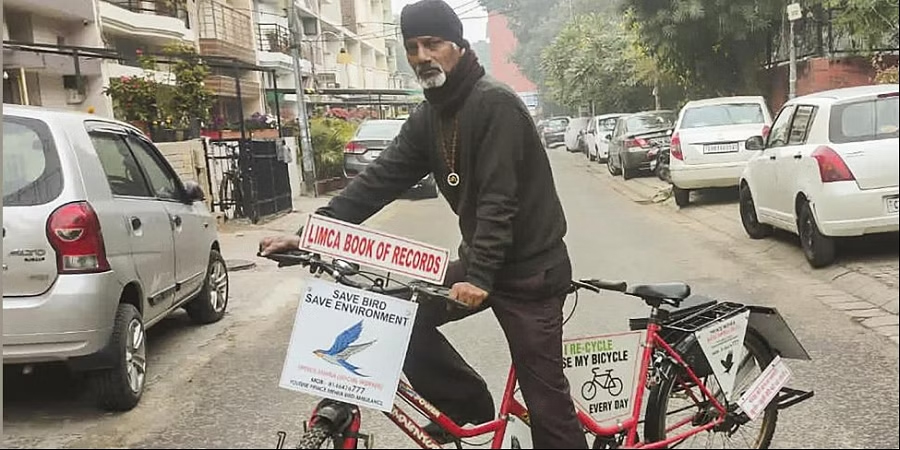
.jpg)
 (1).jpeg)
.jpeg)
.jpg)
.jpg)
.jpg)
.jpg)

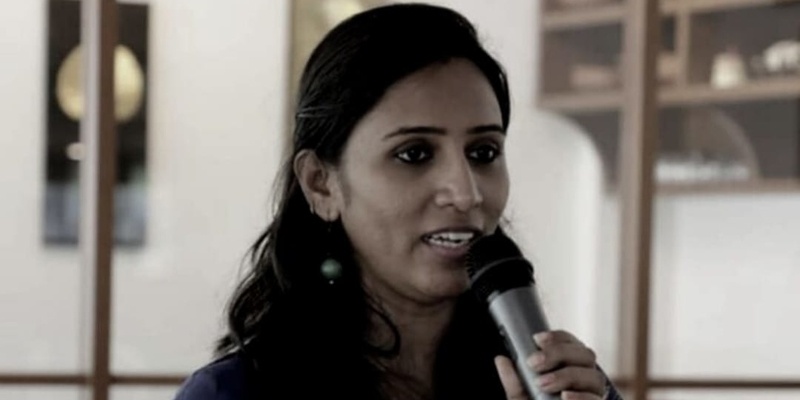


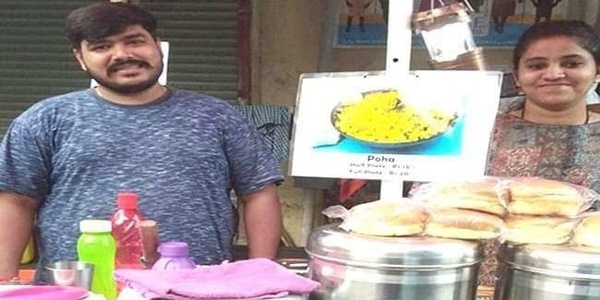
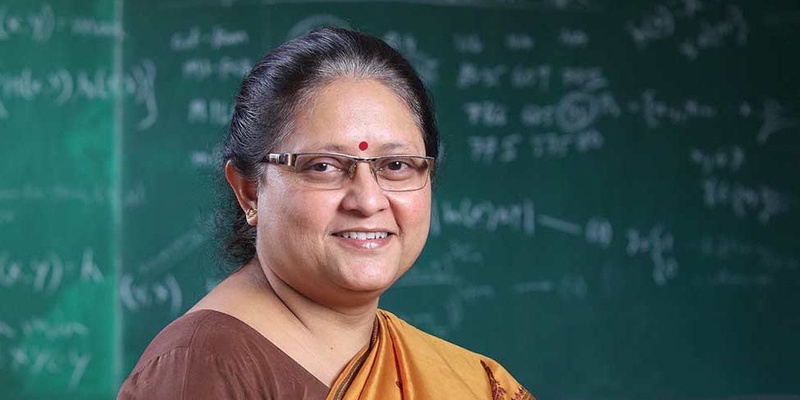
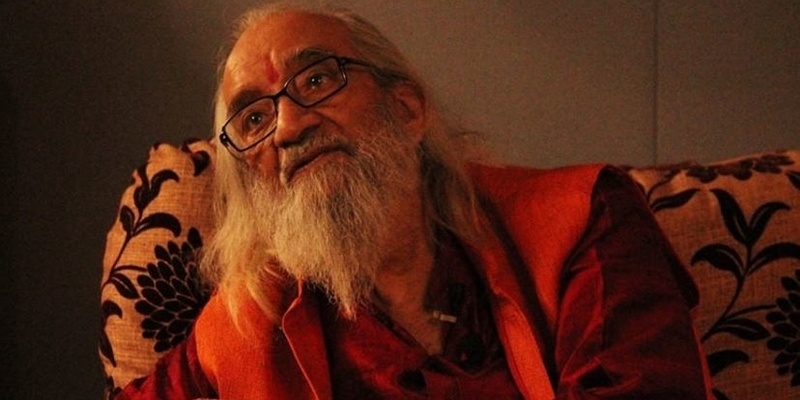



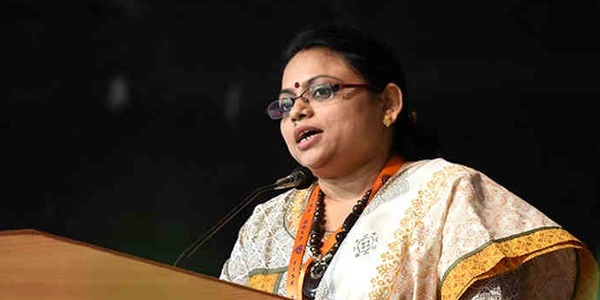
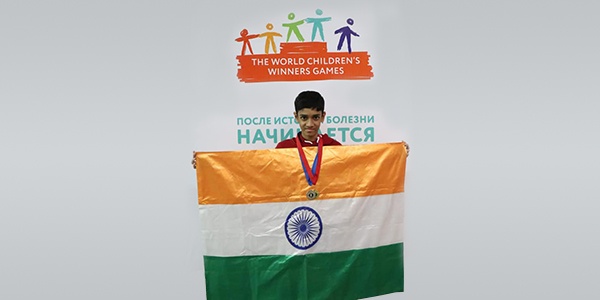
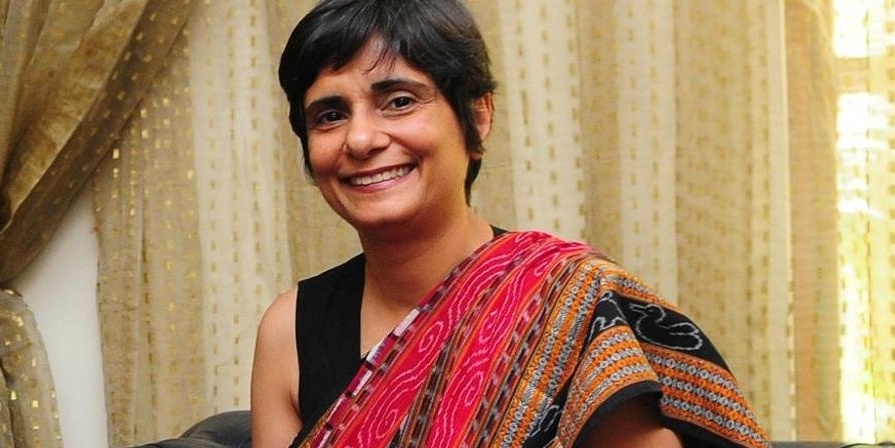
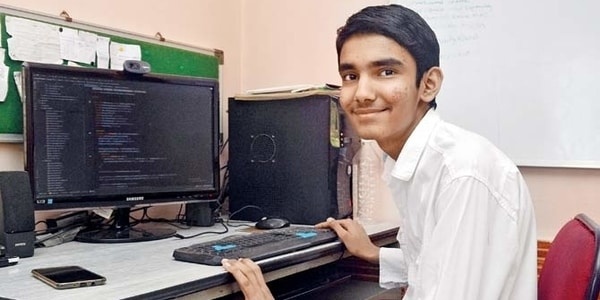
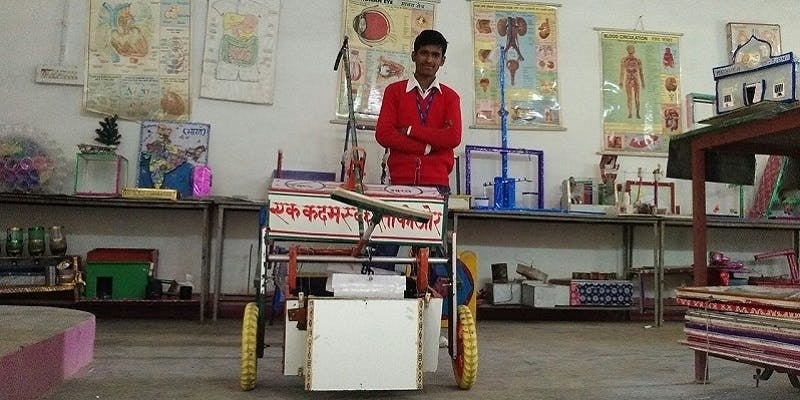
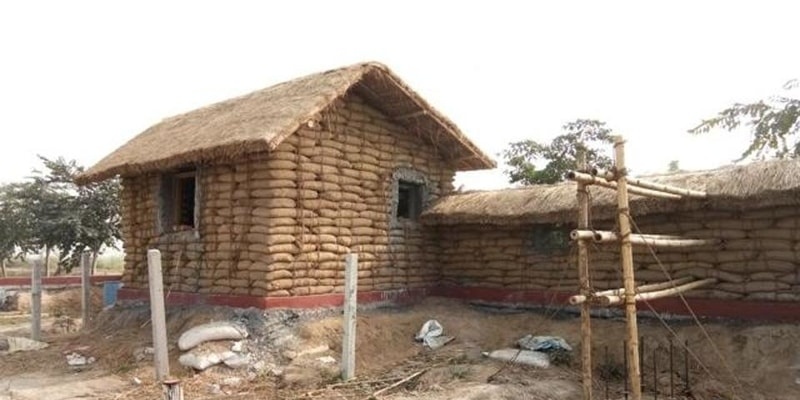
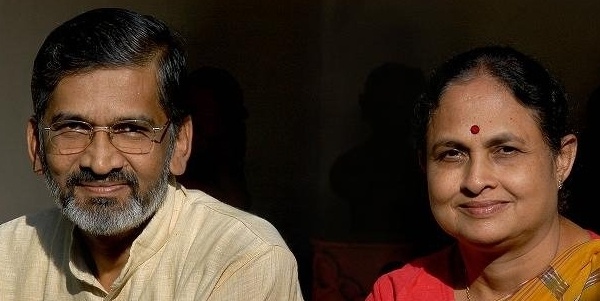
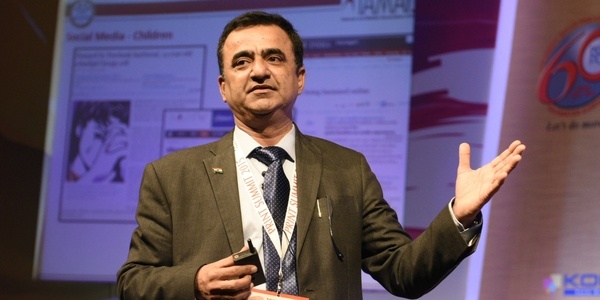



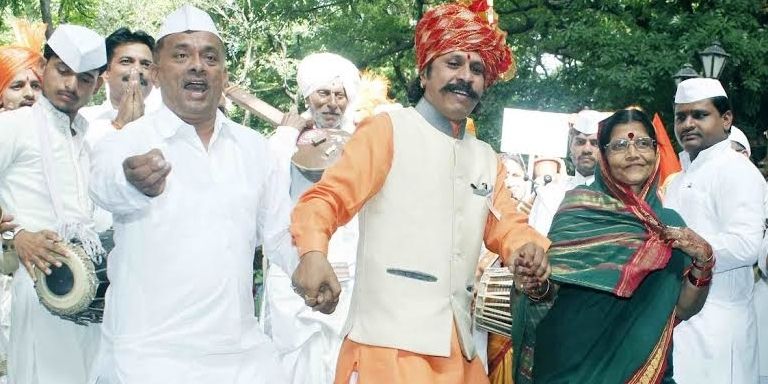
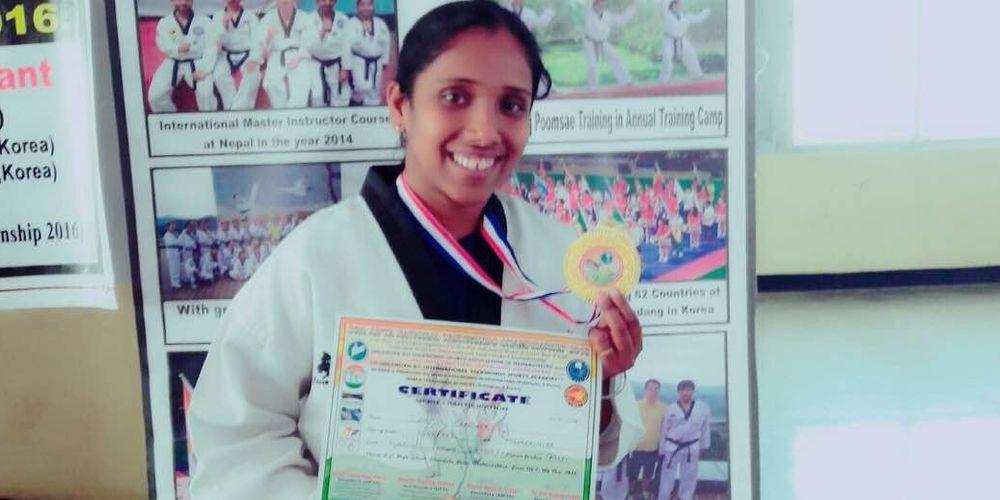
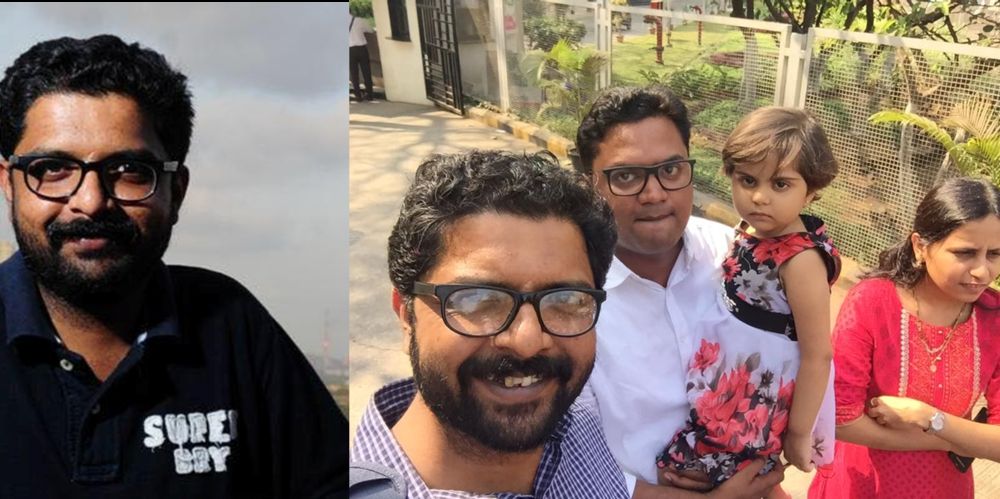
.jpg)
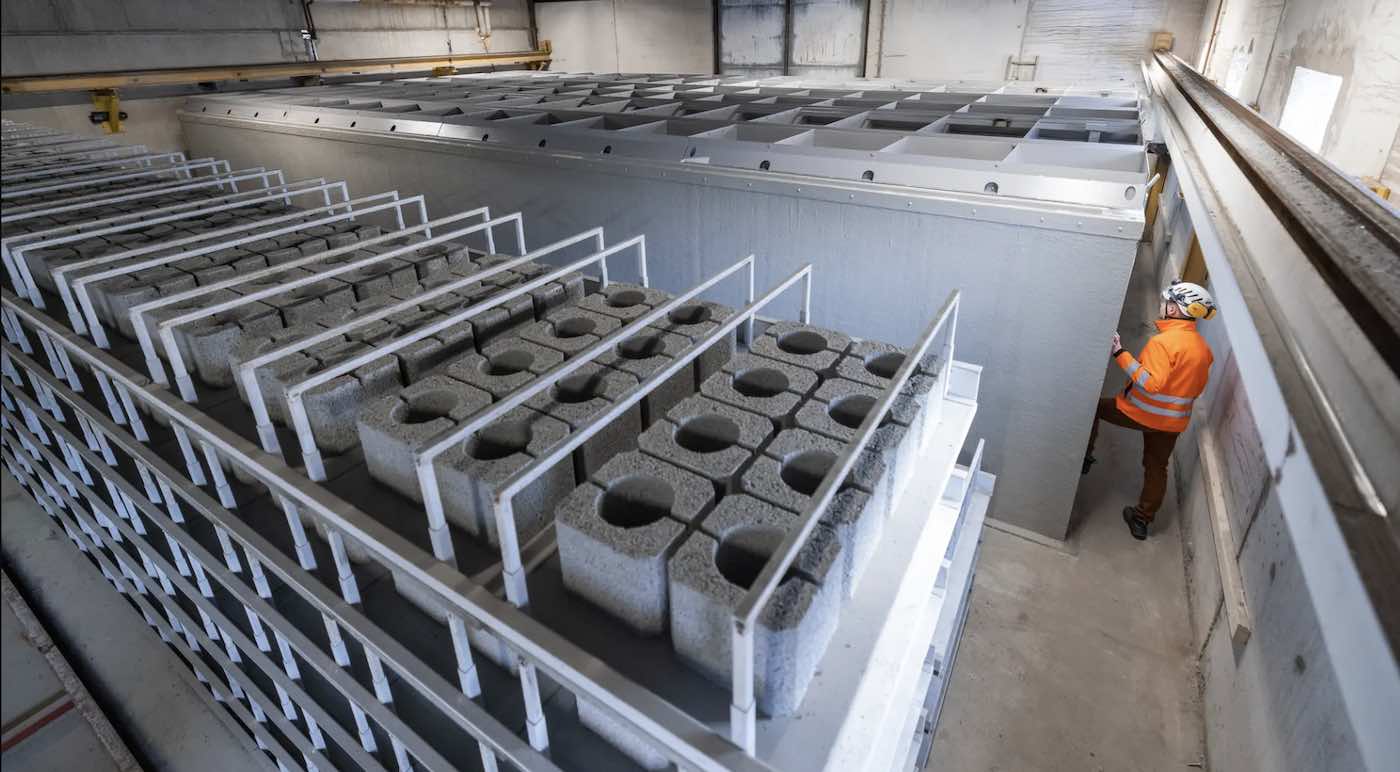
(1).jpeg)
.jpg)
.png)
(1).jpeg)
.jpg)
.jpg)
.png)
.jpg)
.jpg)
.jpeg)
.jpg)
 (1).jpeg)
.jpg)
.jpg)
.jpg)



